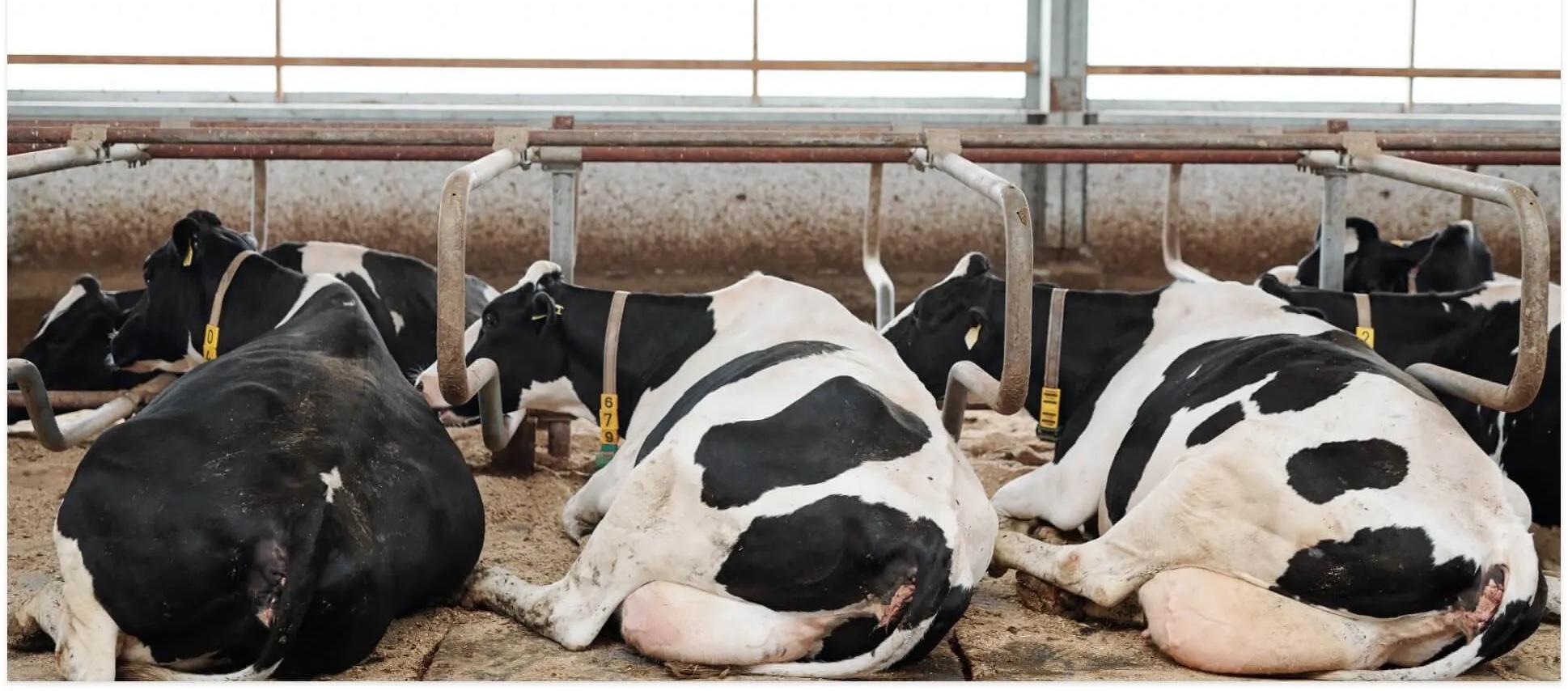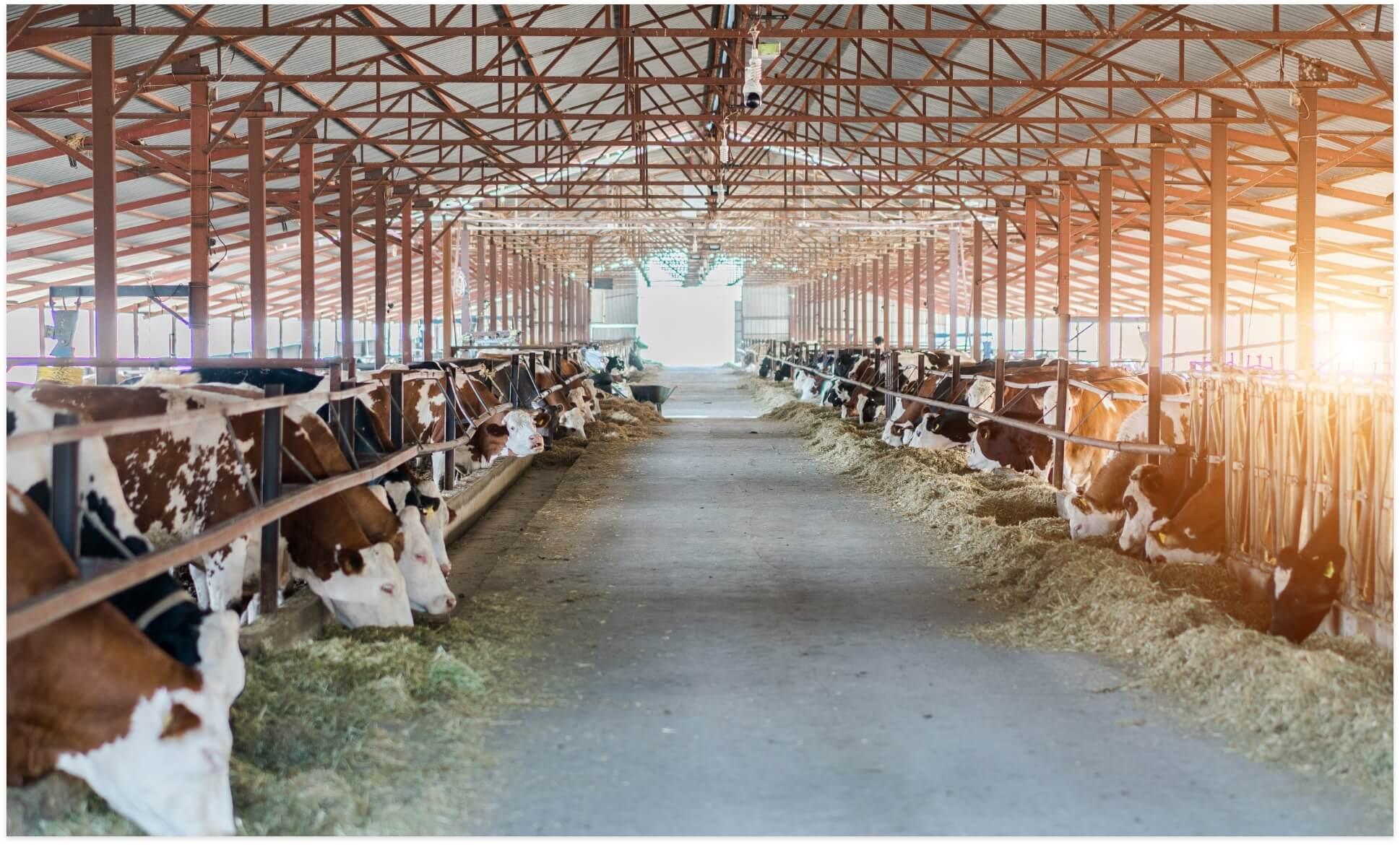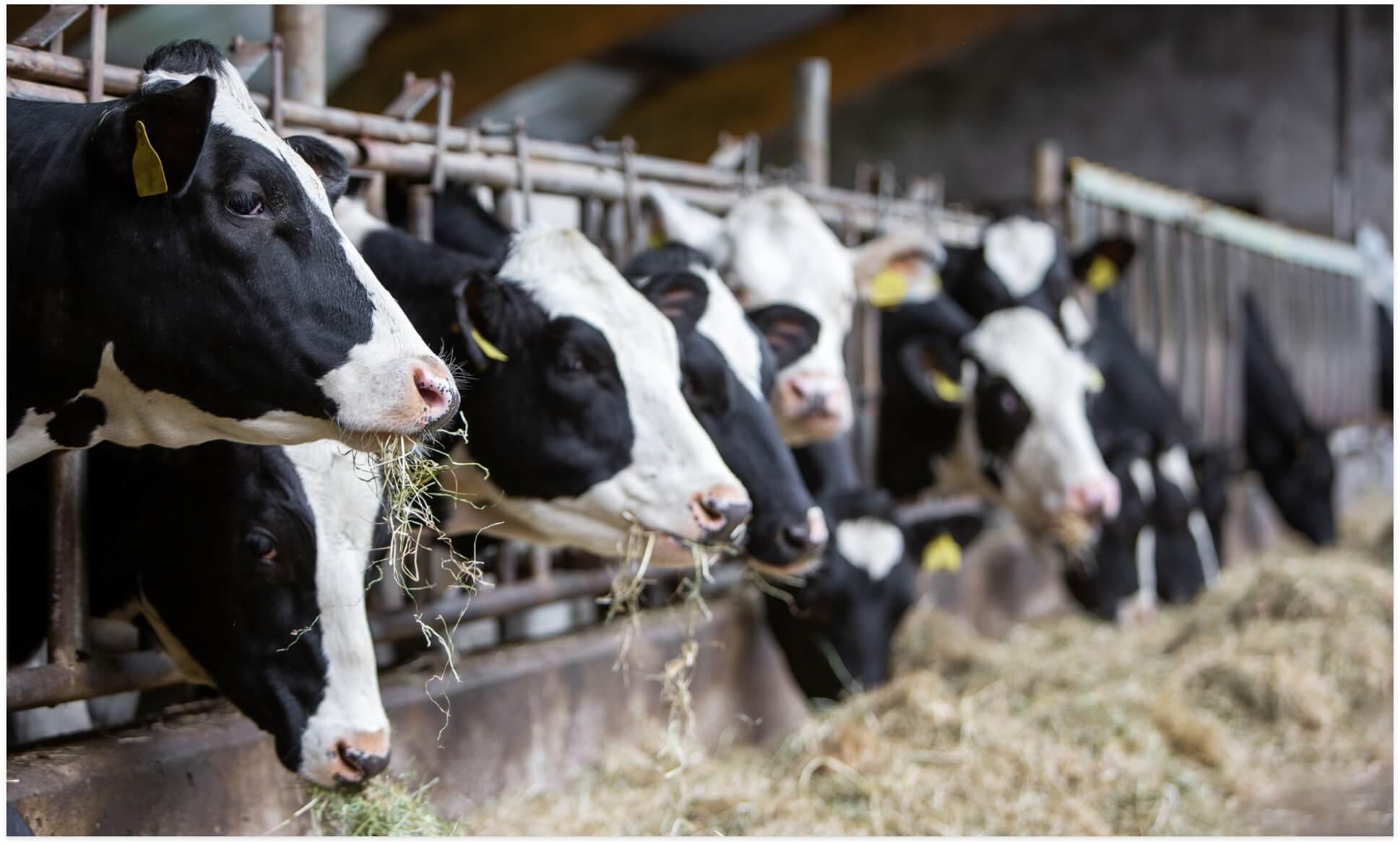Regardless of your current dry cow protocol, internal teat sealants will help reduce the risk.1
Blanket dry cow therapy
Treating all cows with an intramammary antibiotic at dry off (often referred to as a blanket approach) has been a standard recommendation for mastitis control for several decades. The National Mastitis Council (NMC) still recommends using blanket dry cow therapy and suggests treating all quarters of the udder even if there is no evidence the quarter is infected.
Learn more about blanket dry cow therapy.
Selective dry cow therapy
As public concern surrounding antibiotic use continues to evolve, the concept of selective dry cow therapy provides an alternate approach that is growing in popularity. With a selective dry cow therapy approach developed in consultation with your veterinarian, antimicrobial treatment is reserved for cows suspected of having an intramammary infection, while uninfected cows do not receive antimicrobial treatments.
To learn more about the benefits of selective dry cow therapy, listen to a recent discussion with Dr. Rob Tremblay on the DairyProducer.com podcast.
Your first line of defense
Regardless of your current dry cow protocol, internal teat sealants are a valuable preventative tool that can help you reduce the risk of mastitis in your herd.1 They complement all dry cow strategies by providing an immediate barrier of protection that lasts throughout the dry period to prevent new infections.
If you have been thinking of adding an internal teat sealant to your dry cow protocol, talk to your veterinarian about Lockout®.
1. Dufour S, et al. Anim Health Res Rev. 2019;20(1):86-97.
Lockout® is a registered trademark of Boehringer Ingelheim Vetmedica GmbH, used under license. All other marks are property of their respective owners.
Related articles

Even nature isn’t perfect
Intramammary infections (sometimes leading to clinical mastitis) occur when bacteria enters the udder...

The wise choice in mastitis prevention
Most dairy producers don’t need to be reminded that mastitis is one of the…

Udder health during the dry period
The dry period is a critical stage in maintaining udder health and preparing your cow for a productive lactation cycle...

Choose the better engineered teat sealant
Lockout® provides a better application process than other teat sealants1...

Prevention is the first line of defense
Regardless of your current dry cow protocol, internal teat sealants will help reduce the risk1...

